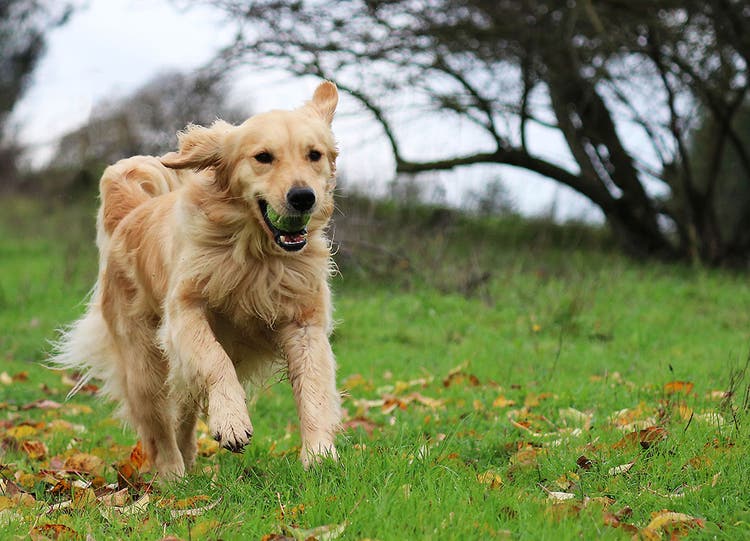Keeping your dog tick-free requires vigilance and may require year-round protection. Discover the four essential steps to guard your dog against ticks.
1. Choose the tick and flea protection that works best for you and your dog.
An important step in the fight against ticks is protection. Reducing tick bites reduces the risk for tick borne disease such as Lyme disease (borreliosis) and anaplasmosis. Make sure you use effective tick protection for dogs all year round. A product such as K9 Advantix®II flea and tick treatment reduces tick bites and kills ticks through contact.
Learn more about the pros and cons of each product type:
Chewable flea and tick protection for dogs
Pros:
- Quick and easy to administer
- Little opportunity for owner error, however, the dog might vomit it up after treatment
Cons:
- Requires ticks to bite the host for the tick to be killed
- Does not help reduce mosquito bites and stable fly bites
- Owners must remember to administer tablets regularly, and verify that their dog has not vomited it up
Spray
Pros:
- Works quickly
Cons:
- Must be applied to the entire animal, wetting the coat
- Application may be tedious and time consuming, and has a higher likelihood of owner error
Topical treatment
Pros:
- Works quickly
- Easy to apply for most dogs and pet parents
- Unlike most topical treatments, K9 Advantix®II also reduces mosquito and stable fly bites and kills through contact.
Cons:
- Some pet parents find topical treatments more challenging to apply
- While some topical treatments have a lasting effect against ticks, pet parents have to remember to apply the treatment when it’s due, typically monthly.
Whichever one you choose, it’s helpful to discuss your treatment schedule with your veterinarian and whether it should be used year-round to keep your dog fully protected.1
2. Regularly check your dog for ticks
Any dog, especially one who has a tendency to roam through tall grass or heavy bush, should be checked daily for ticks. Focus on your dog’s neck (particularly under her collar), head, ears, feet and between her toes. For more information, consult the following guide on how to identify and find ticks on your pet.
Keep in mind that tick bites are hard to detect, since the tick falls off your dog after feeding. Tick bites also don’t itch, so unless you spot the tick on your dog you probably won’t know they’ve been bitten. That’s why, if your dog is frequenting grassy or wooded areas, it’s very important to check your dog for ticks after each outing.
3. Know where ticks like to hide
The location of ticks depends on the species of tick. There are approximately 40 species of ticks in Canada. Ticks can be picked up by your dog in grassy fields, backyards, parks and wooded areas. Areas with high deer populations are particularly at risk. Not all ticks carry Lyme disease, but Lyme-carrying ticks can now be found across Canada. For more information, visit:
4. Treat your backyard for ticks
Ticks can be lurking anywhere…including our own backyards. Ticks prefer overgrown bushes and patches of tall grass, so mowing, weeding or trimming your lawn can help keep them at bay. It may also be helpful to repel ticks naturally with plants they dislike, including garlic, lavender, sage and mint. You can also look into other environmentally friendly tick sprays and deterrents for your yard.
- 1 Mehlhorn et al. Parasitol Res (2001) 87: 198-208 Sutton, G. P. and Burrows, M.(2011). Biomechanics of jumping in the flea. J. Exp. Biol. 214, 836-847

K9 Advantix®II for Dogs
K9 Advantix® II protects dogs from fleas, ticks, mosquitoes, lice, stable flies, flea eggs, flea larvae









